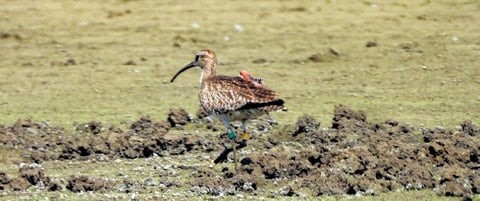Free Courses Sale ends Soon, Get It Now


Free Courses Sale ends Soon, Get It Now



Source:
Disclaimer: Copyright infringement not intended.
Context
Details
Taxonomy and Classification
Physical Description
Distribution and Habitat
Migration
Diet and Foraging
Reproduction
Behavior and Ecology
Conservation Status
Sources:
|
PRACTICE QUESTION Q. Consider the following statements regarding the Whimbrel:
Which of the statements given above is/are correct? Options: A. 1 only B. 1 and 2 only C. 2 and 3 only D. 1, 2, and 3 Answer: B |
© 2024 iasgyan. All right reserved